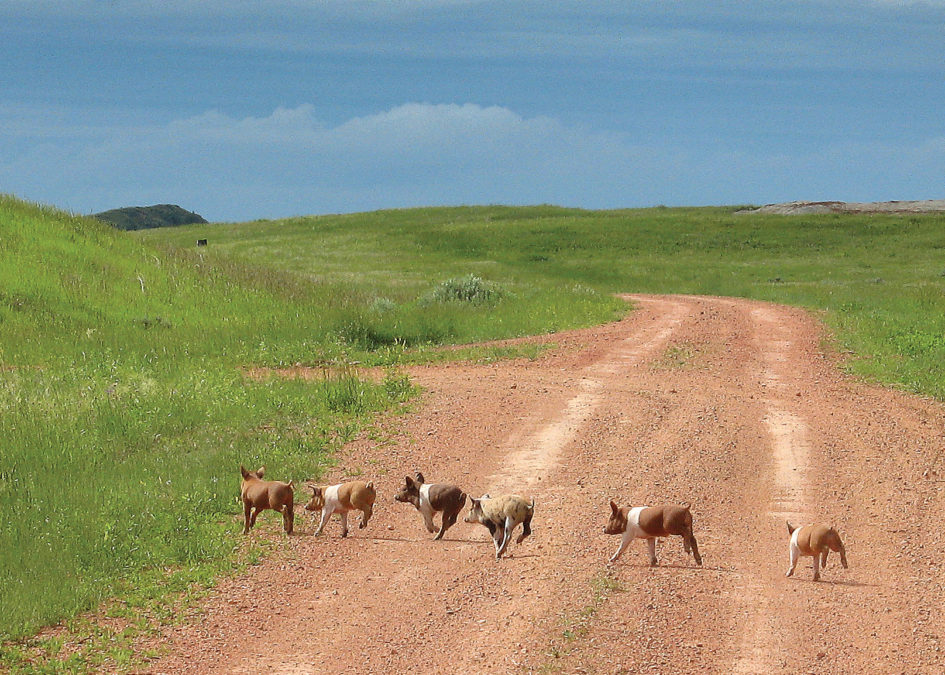As thousands of deer hunters fan out across the state over the 16.5-day deer gun season, many others who didn’t draw a license will enjoy some duck and goose hunting before the waters lock up with ice. Pheasant season will continue to provide more field time, along with archery deer hunters too.
The North Dakota Game and Fish Department and other state and federal agencies want all these hunters to be on the lookout for feral pigs while they’re in the field.
Realistically, the odds of any one hunter coming across a feral pig are extremely low in North Dakota, but it can happen, and if it does, state officials want to know about it as soon as possible.
Urgency is important because the state does not want feral pigs to become established, but the Game and Fish Department reminds hunters and landowners who might come across feral pigs this fall, that shooting them is illegal, unless a person is protecting property or livestock.
Reporting is important so agencies can quickly come up with a plan for eliminating the pigs. The reporting rule also prevents hunters in the field from shooting what they may think is a feral pig, only to find out later it was a domestic pig that had simply wandered off from a nearby farm.
Casey Anderson, assistant chief of wildlife for Game and Fish, said feral swine were first documented in North Dakota in summer 2007, when state and federal agencies became aware of two separate bands: one in the western badlands southwest of Grassy Butte, and another in the Turtle Mountains.
Since then, feral pigs have been reported in several other areas of the state.
In each case, the pigs were captured and/or killed, and at this time North Dakota does not have any known established local feral pig populations.
While the state doesn’t have any known established populations, there has been at least one random feral pig taken this fall, so it is always possible for a hunter to come across one, and Anderson said it is important to know you can’t shoot them, but instead contact the State Board of Animal Health immediately.
A landowner may eliminate wild pigs on his or her land if they pose an immediate threat, but must contact the BOAH within 24 hours (701-328-2655). The board will then make arrangements with the landowner to obtain the entire pig for disease testing. The landowner must follow any instructions given by the board regarding the handling, preservation of the carcass.
Feral pigs, by definition, can be stray domestic pigs that have adapted to living in the wild, introduced Eurasian wild boars, or varied hybrids of each. They are a threat to domestic livestock, agricultural crops, public safety, natural habitat and wildlife because of their destructive nature and potential to transmit diseases.
Feral Hogs Elsewhere
According to scientists, 30-plus states have feral hog populations. Today, the U.S. Department of Agriculture estimates more than 5 million wild hogs in the U.S. These animals are said to cause $1.5 billion in damages each year.
Once established, eliminating feral hog populations is difficult. In Missouri, for instance, wildlife managers have tried many methods, but found that trapping worked best. In 2015, Missouri Department of Conservation staff and partners removed nearly 3,700 feral hogs from the state.
Make the Call
Anyone who observes or suspects the presence of feral pigs should call the North Dakota Board of Animal Health at 701-328-2655, Game and Fish Department at 701-328-6300, or U.S. Department of Agriculture Wildlife Services at 701-355-3300.
Doug Leier is an Outreach Biologist for North Dakota Game & Fish



